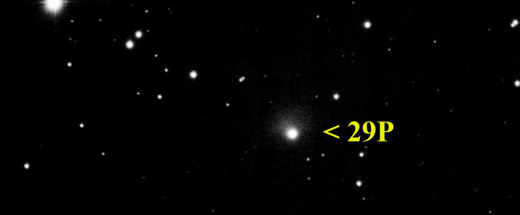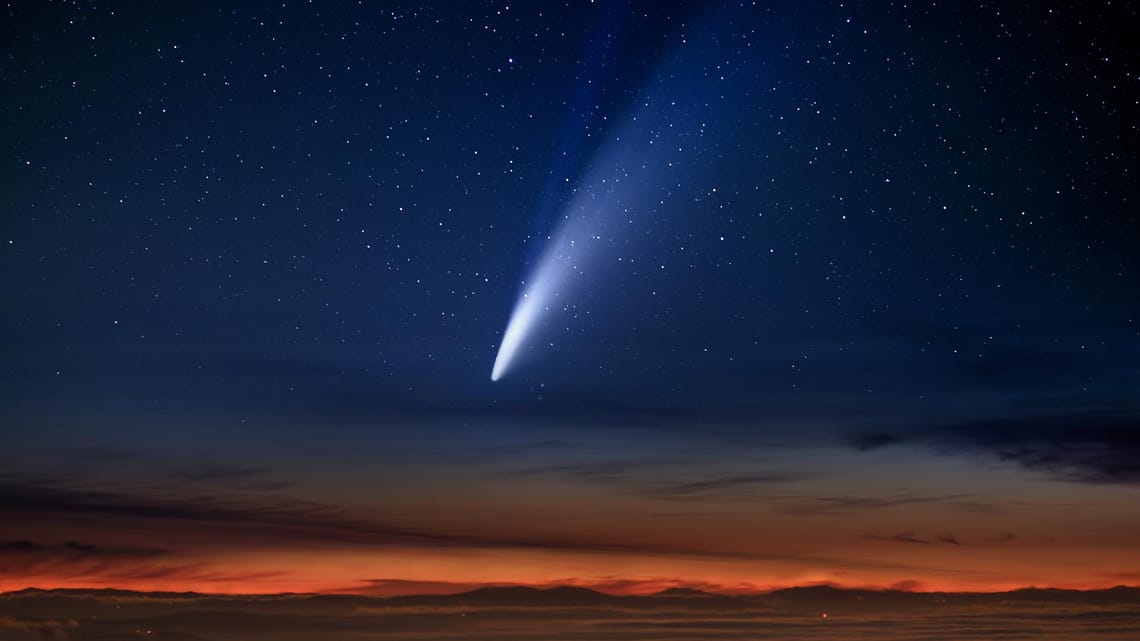When to see Venus disappear behind the moon this Thursday
Venus will vanish behind the moon for about an hour in the morning of 9 November in Europe, western Russia and some of northern Africa – here’s how to watch it happenWhat is the lunar occultation of Venus?
On 9 November, the moon will pass between Earth and Venus, making the latter disappear behind the moon for about an hour, before it reappears on the other side. This phenomenon, known as a lunar occultation of Venus, will be visible from most of Europe, the western part of Russia, as well as Greenland and some of northern Africa and western Asia. For everyone else, the two bodies will just pass close by each other.
In areas where you can see the occultation, it will happen during the daytime, but exactly when will vary depending on where you are. In London, it is due to begin around 9.45 am, around 10.50 am local time in Paris and around 10.26 am in Tromsø in Norway, for example.
When will the next lunar occultation of Venus happen?
They are rare, and each one is only visible from certain parts of the world. This is because the moon appears in a slightly different part of the sky depending on where you are on Earth, because of a phenomenon called parallax.

When to see Venus disappear behind the moon this Thursday
Venus will vanish behind the moon for about an hour in the morning of 9 November in Europe, western Russia and some of northern Africa – here’s how to watch it happen
Enjoy the precious cosmic spectacle - lunar occultation of Venus

















